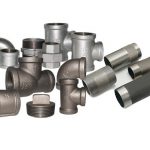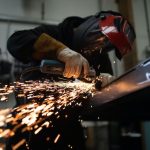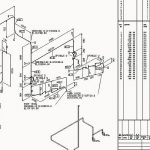Fabrication vs manufacturing. What’s the difference? In this article, you will learn what comprises manufacturing, fabrication, and the key differences between these two disciplines.
What is Manufacturing?
The transformation of raw resources into a completed product is known as manufacturing. It is the use of labor, machinery, tools, and chemical or biological processing or formulation. Manufacturing forms the basis of goods distribution to other businesses and consumers.
Manufacturing applies to a wide range of human activities, from handcraft to high-tech. However, it is most usually associated with industrial processing, which involves the large-scale transformation of raw materials from the primary sector into completed commodities.
These items may also supply other manufacturers to construct more sophisticated products like aircraft, household appliances, furniture, sports equipment, or vehicles.
Alternatively, it distributes via the tertiary industry to end-users and consumers, typically via wholesalers who sell to retailers, who then sell to individual customers.
Examples of manufacturing include automotive companies, bakeries, shoemakers, and tailors, as they all create products rather than providing services.
Types of Manufacturing
The manufacturing process is a complicated activity that involves individuals with a wide range of specialties and experience and a diverse range of machinery, tools, and equipment with various levels of automation, such as computers, robots, and other technology. Manufacturing endeavors must be adaptable to a variety of needs and advances.
Manufacturing includes any process that takes a raw input and processes a finished output. Major manufacturing processes are listed below.
Machining
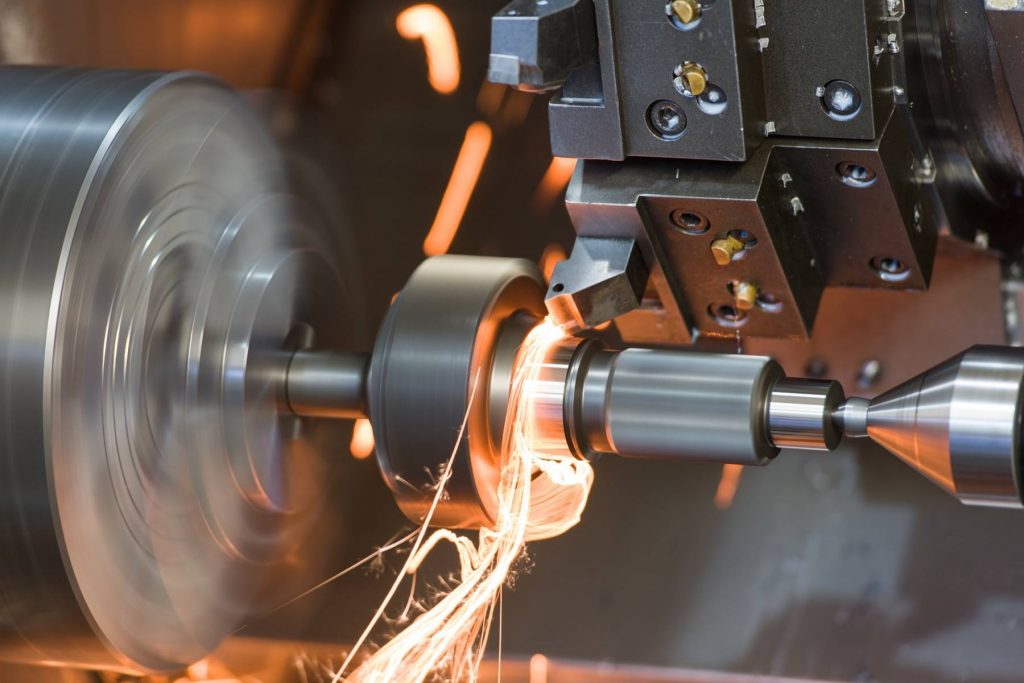
Machining tools are immovable power-driven machines that use to create or shape solid materials, particularly metals. By removing excess materials from a workpiece, the forming accomplish. Machine tools also create tool parts either indirectly or directly.
Joining
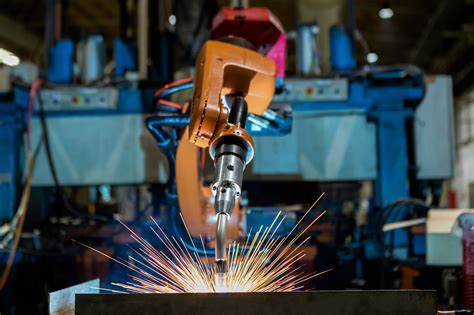
Every joining method has its design requirements, and specific joint requirements may need a particular joining method. Joining methods include welding, fastening, and adhesive. Fastener selection and design for assembly each have their own set of requirements. Joining processes of manufacturing generally tend to use more automation vs. their fabrication counterparts.
Forming
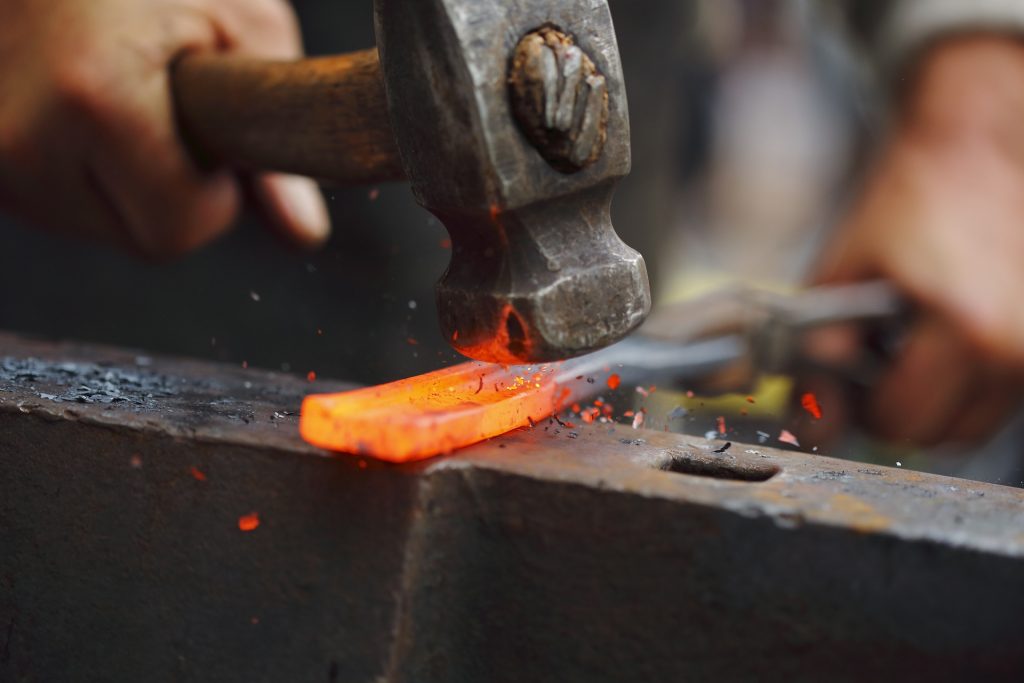
Metal shaping is the process of deforming metal to create metallic components without removing, cutting, shredding, or breaking any parts. Metal shaping is the process of deforming metal to create metallic components without removing, cutting, shredding, or breaking any parts. Depending on the tools and machinery, an inline desiccant dryer may have to be used.
Bending, spinning, drawing, and stretching are some of the most common metal forming operations used in industry. Common metal shaping tools include metal presses with dies and punching instruments.
Casting
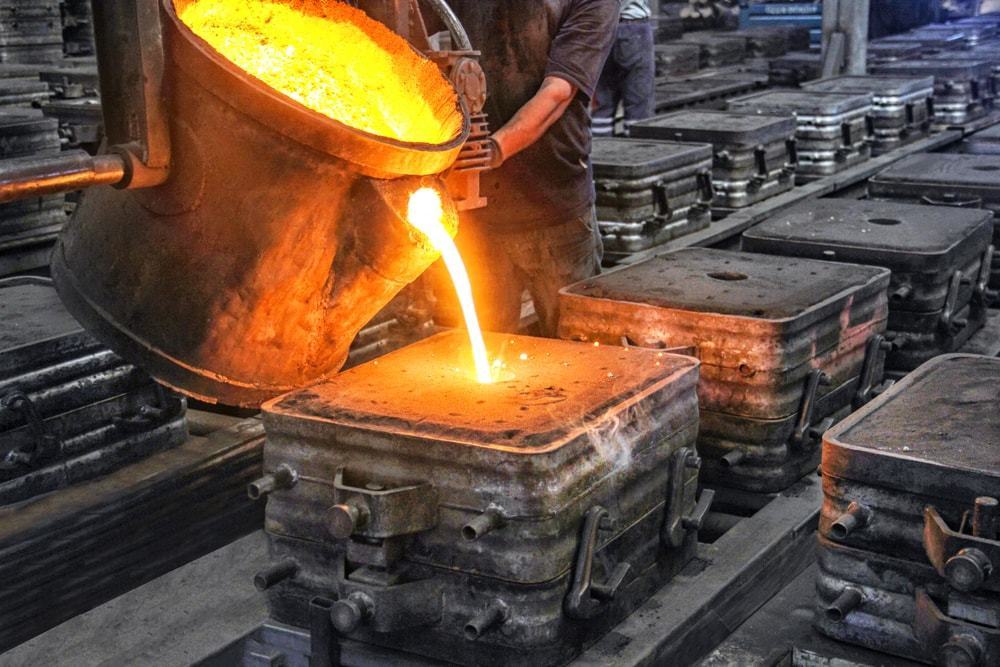
Casting, a manufacturing technique in which a solid is dissolved in a liquid, heated to the correct temperature (and occasionally treated to change its chemical formula), and then poured into a mold or hollow. Thus, any metal that melts can be fashioned into complicated or simple shapes in only one step. The final product can have almost any configuration that the designer desires.
Labeling and Painting
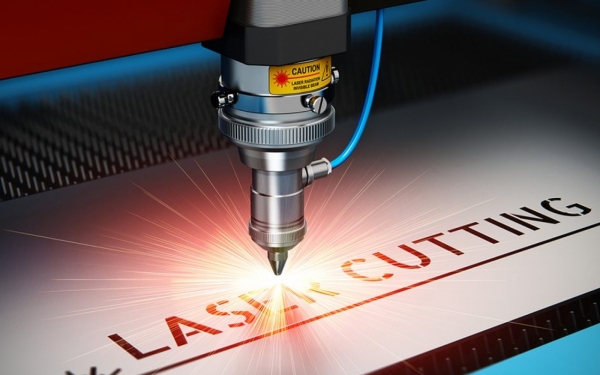
- Laser Engraving – This process does not use inks or tool bits that come into touch with the engraving surface and wear out, providing it an advantage over other engraving or marking technologies that require inks or bit heads to replace regularly.
- Inkjet Printing – Inkjet printing is a non-contact method that prevents cross-contamination from the printed surface, making it ideal for biological applications.
- Chemical Vapor Deposition – CVD is a vacuum deposition technology for producing high-quality, high-performance solid materials. Thin films are frequently produced using this method in the semiconductor sector.
Moulding
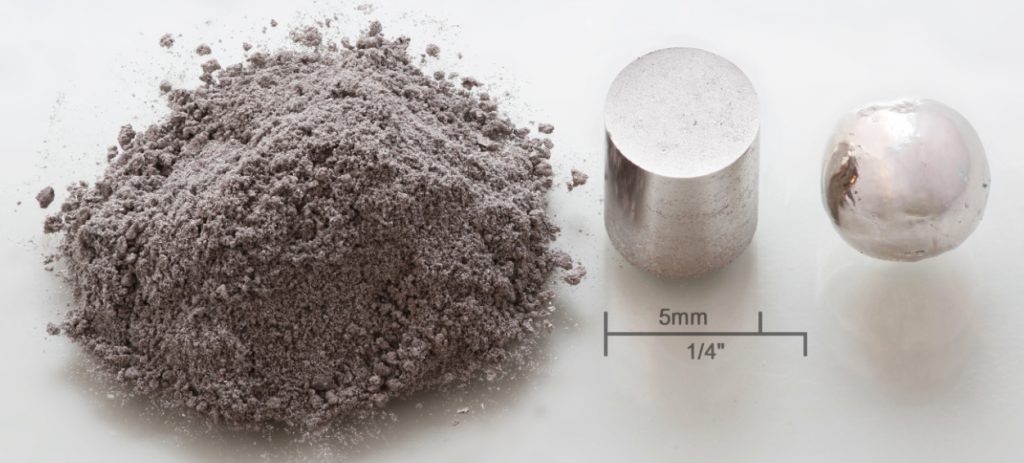
- Powder Metallurgy (PM) – is a broad term that refers to a variety of methods for fabricating materials or components from metal powders. PM methods can eliminate or considerably minimize the need for metal removal operations, leading in significant reductions in manufacturing yield losses and, in many cases, lower prices.
- Rapid Prototyping – Rapid prototyping refers to a set of methods for swiftly fabricating a scale model of a physical part or assembly from three-dimensional computer-aided design (CAD) data. 3D printing technology, typically used to construct the item or group.
- Shrink Wrapping – Shrinkwrap, commonly applied by automated equipment over or around the desired item. Heated with a heat gun or shrunk in a shrink tunnel or oven after.
Additive Manufacturing
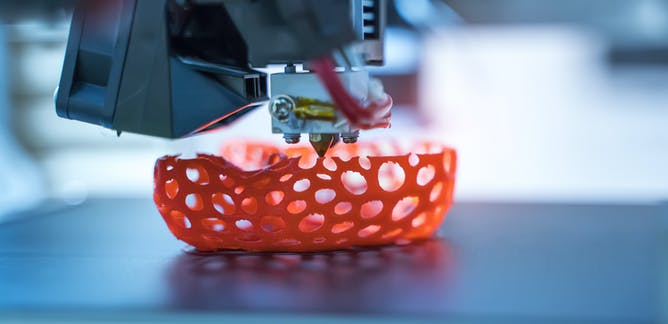
- 3D Printing – The term “3D printing” can refer to a range of methods in which material is deposited, connected, or solidified under computer control to build a three-dimensional object, often layer by layer, with material (such as plastics, liquids, or powder grains), placed together.
- Stereolithography (SL) – is an industrial 3D printing technology that can produce concept models, rapid prototypes, and complicated items with sophisticated geometries in as little as one day.
- Laminated Object Manufacturing (LOM) – is a technique that uses metallic sheets as feedstocks. It uses a localized energy source, mostly ultrasonic or laser, to bind a stack of precisely cut metal sheets to form a 3D object.
Speciality
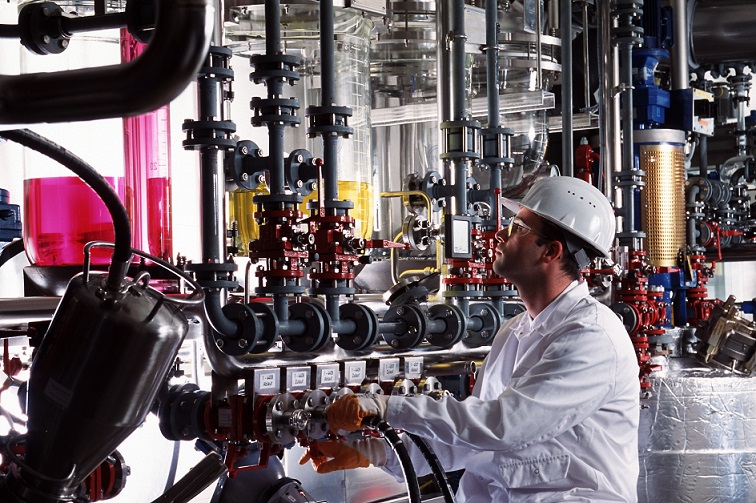
Specialty manufacturing includes niche applications. The nature of specialty manufacturing processes lends it to use in only certain industries.
- Mining – Mining is the extraction of valuable minerals or other geological materials from the Earth, usually from an ore body, lode, vein, seam, reef, or placer deposit.
- Chemical Manufacturing – Chemical manufacturing creates products by transforming organic and inorganic raw materials with chemical processes.
- Petroleum Refining – Chemical refining processes and other facilities used in petroleum refineries to change crude oil into valuable products such as liquefied petroleum gas, gasoline or petrol, kerosene, jet fuel, diesel oil, and fuel oils, known as petroleum refining processes.
General Categories of Manufacturing
Categories describe the methods by which manufacturing occurs. It refers to way the manufacturing system processes goods.
Discrete

Discrete manufacturing processes are perhaps one of the most difficult to facilitate. The process can range from a few setups and changeovers to the combination of several batch-type processes. Discrete manufacturing primarily applies to complex products.
Repetitive
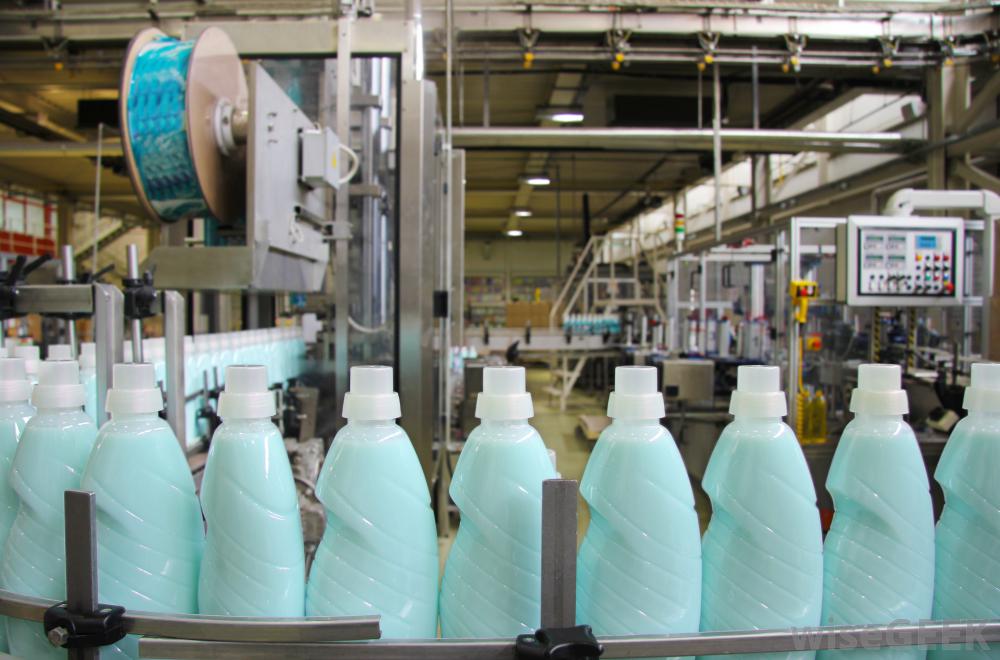
Repetitive manufacturing encapsulates the traditional concept of a production line. In this process, the same or similar products are produced one right after the other. It is the manufacturing process most understood by the layperson. However, it may not allow others to put out the quality after those milling inserts mentioned above. They are vital in quality control, especially at this level.
Job Shop
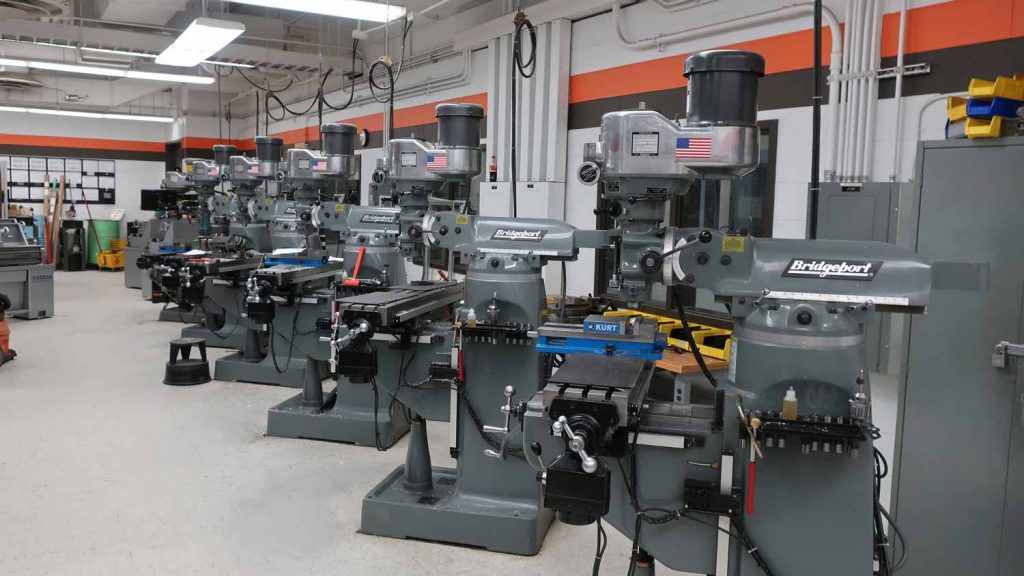
Job shops typically do not have a production line and will often put out one-off products. Usually, in the custom order, those milling inserts can make or break the finished product. Cost is typically higher when manufacturing one product at a time, but it does allow some for high-quality work with tight tolerances. Many job shop work may also be considered fabrication.
Batch Process
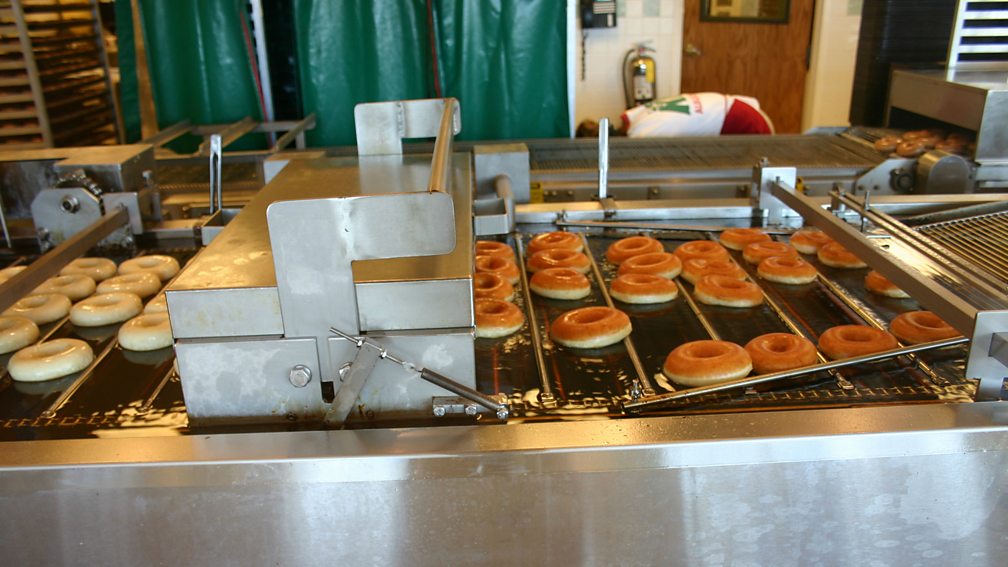
Products are distributed in batches in the batch process in the manufacturing business, as the name implies. It could be a series of batches over time, or it could be a one-time order.
Continuous Process
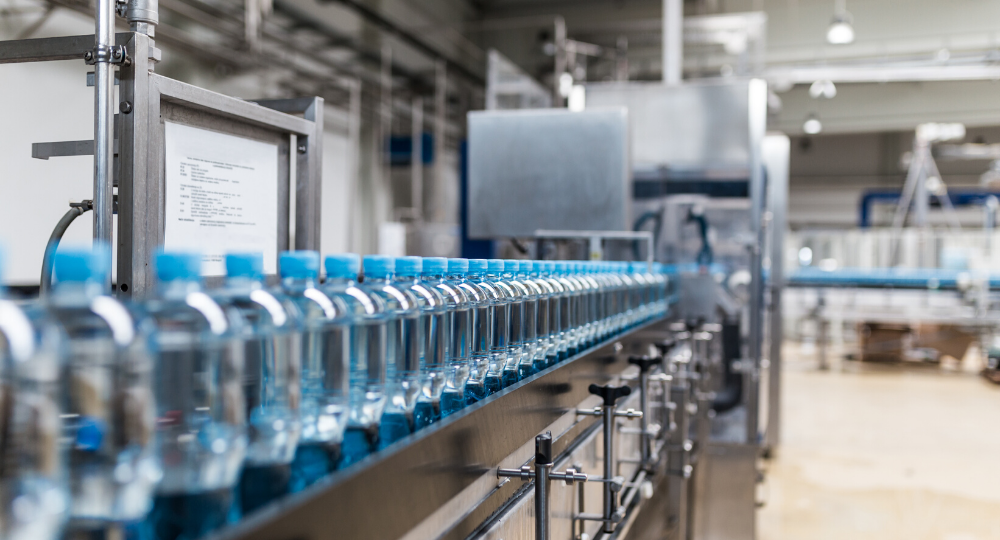
Continuous process manufacturing is quite similar to repetitive and will often run around the clock. The difference is mainly that the end product is liquid, gas, or powders in a continuous process.
What is Fabrication?
Fabrication is the process of combining standardized elements with one or more distinct procedures to create products. The Oxford Dictionary defines fabricate as “to create and produce (an industrial product), especially from prepared components.”Merriam-Webster defines it as “to build from a variety of typically standardized parts.”
Hand tools, processing skids, pipes, and pipe fittings, metal windows and doors, equipment attachments, and automotive parts are all examples of metal fabrication items. Fabrication is often rightfully considered as a subset of manufacturing. The demarcation of manufacturing vs. fabrication largely depends on the processes involved and the final product. Let’s take a deeper look at fabrication processes.
Fabrication Processes
The primary processes involved in fabrication include cutting, shaping, punching, joining, and finishing.
Cutting
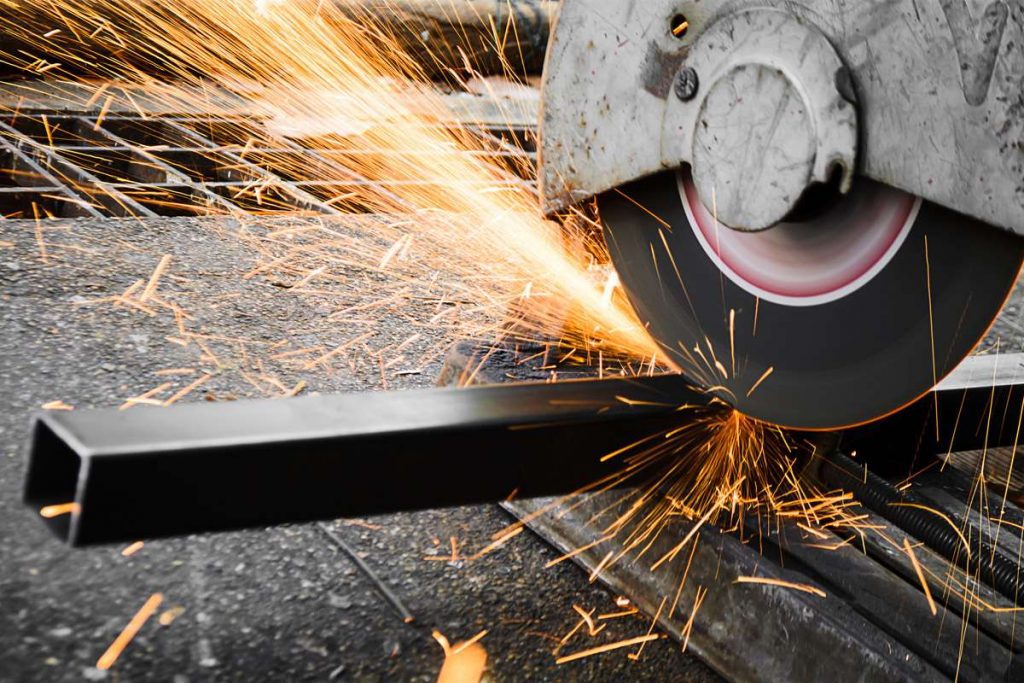
The cutting of a metal workpiece into smaller portions is a relatively typical method of fabrication. Modern means of cutting include laser cutting, waterjet cutting, power scissors, and plasma arc cutting, in addition to sawing. They are cutting with a wide range of tools, including manual and power tools and computer numerical control (CNC) cutters. Cutting might be the first stage of a long fabrication process or the only one.
Shaping
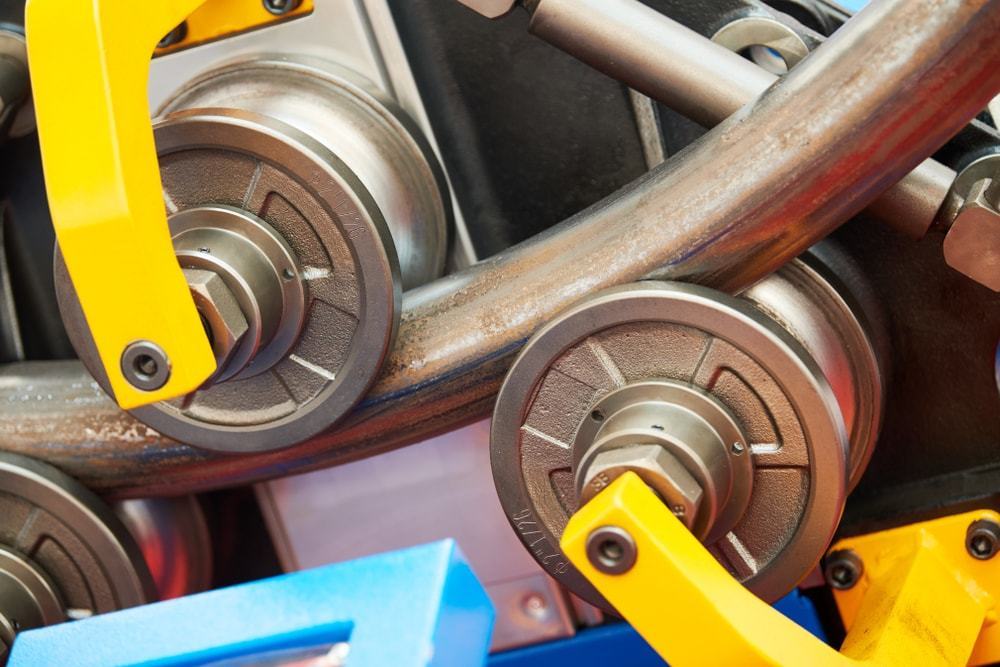
Using a relative reciprocating motion between the tool and the workpiece, remove metal from a surface in a horizontal, vertical, and inclined position to produce a flat or plane surface, slots, and grooves.
Punching
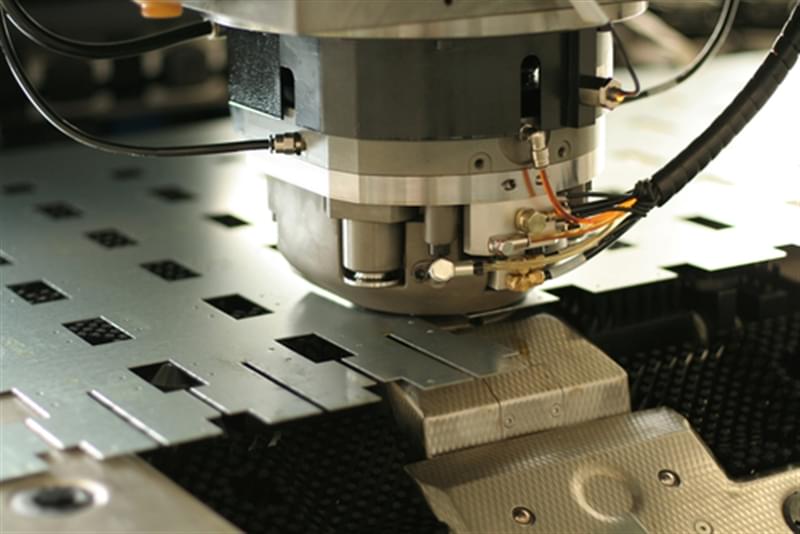
To make holes, turrets on a punch press smash the metal through or into a die in an unusual shape. The finished product can either be a piece of metal with holes for fastening or the now-removed and shaped metal bits known as blanking. The majority of punch presses are mechanical. However, smaller, simpler punches can operate by hand.
However, while there are various metal production technologies available, not all of them are used. The number of sub-processes used determines the design and elements of the metal product; the more complicated the product, the more fabrication procedures required.
Joining

Fabrication joining processes may include welding, riveting, threaded fasteners, and adhesion. Generally speaking, joining processes in fabrication tend to employ more manual labor vs. their manufacturing counterparts.
Finishing
Most fabricated parts undergo some type of finishing process to ensure a long-lasting and aesthetically pleasing finish.
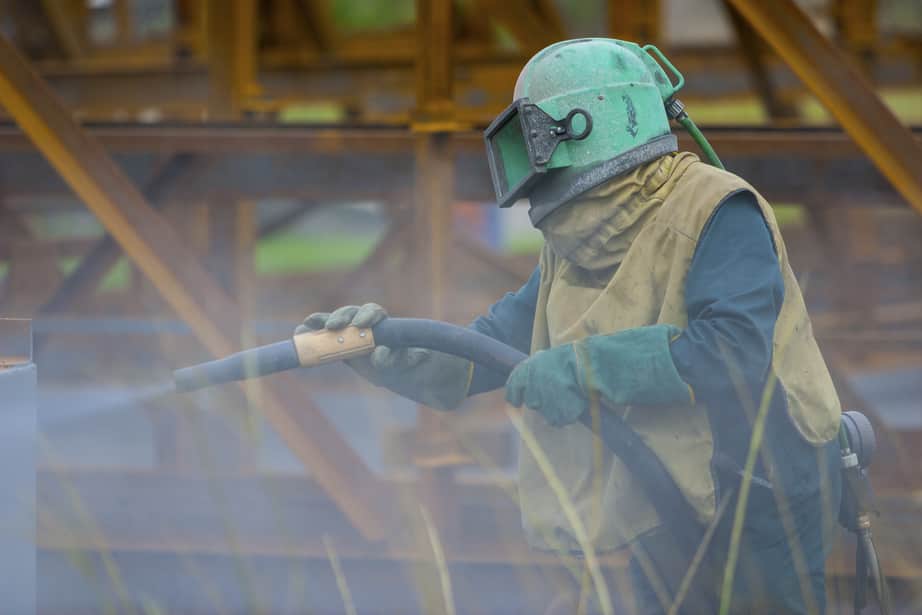
- Pickling – A chemical bath that provides a finished surface.
- Paint – Painting occurs in compliance with industry specifciations, shop standards, and/or customer requirements.
- Sandblasting – A surface preparation treament that prepares metal for a coating.
- Galvanization – A hot dip bath that provides a corrosion resistant finish.
Types of Fabrication
Pipe Fabrication
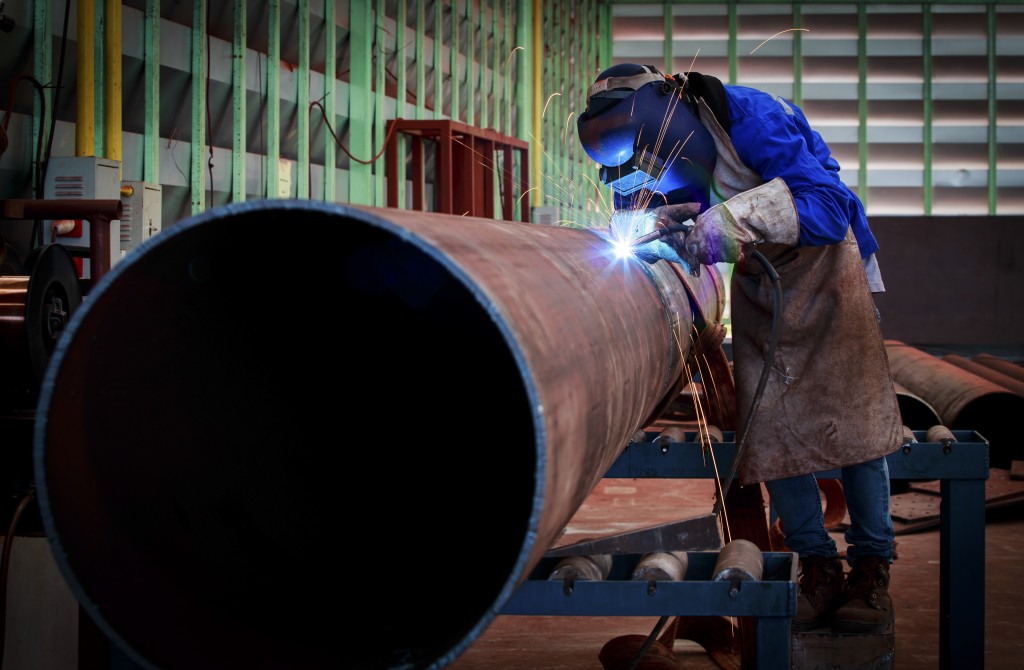
Pipe fabrication is the process of creating pre-engineered piping systems for a variety of applications. Fabricated systems serve a variety of purposes, including irrigation, fire defense, and energy transport. The use case defines the size and diameter of pipes to be used, the material to create the piping system, and the different attachments and components that the system will require throughout its construction.
Pipe Fabrication Process
- Marking – Marking maerials as per specifcation.
- Tagging – Pipe materials are tagged using a stamp or paint to ensure display of pipe heat numbers on all sections before cutting.
- Cutting – Saws, gas torches, grinding, and plasma cutting depends on the type of steel or other metal used.
- End Preparation – Beveling and fit-ups are completed following an approved specification and WPS.
- Pipe Fit Up – Pipes and fittings supports and secures a fit-up inspection. If passed, the joints welded.
- Welding – Pipe welding occurs in accordance with approved procedures.
- Marking of Details – Various identifying details of the piping system, inspection details and signature, and welding date are marked near joints.
- Heat Treatment – Preheating and PWHT performed per project requirements.
- Inspection – Non-destructive testing verifies that all stages of the fabrication process have complete and that the project requirements and standards have met or exceeded.
Structural Fabrication
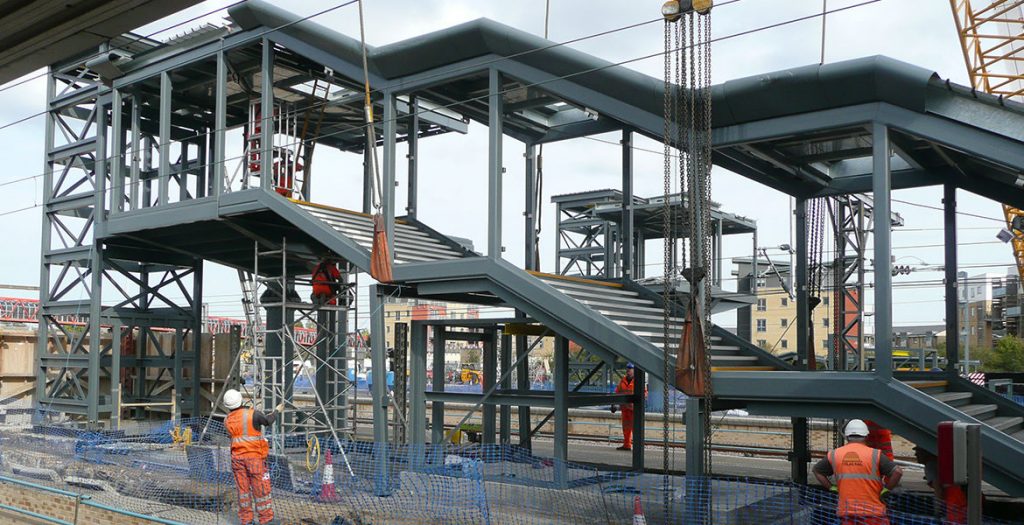
Structural fabrication involves cutting, bending, and assembling steel to make various products. Proper selection of steel beams, plate, and angle allow for building assembly, skid construction, and various other final products during structural steel fabrication.
Structural Fabrication Process
- Cutting -Fabricators cut structural steel by sharing, sawing, or chiseling it using various instruments such as plasma torches, water jets, and laser cutters.
- Bending – Fabricators either hammer the steel manually or use machines to bend the alloy. The amount of repetitive bending required by the project usually determines the preferred method.
- Assembling – The final phase in constructing a structure is to join the various steel components together. This usually occurs through welding, which involves applying heat to steel parts to slowly connect them. At times, pieces join via adhesives or rivets.
Equipment Fabrication
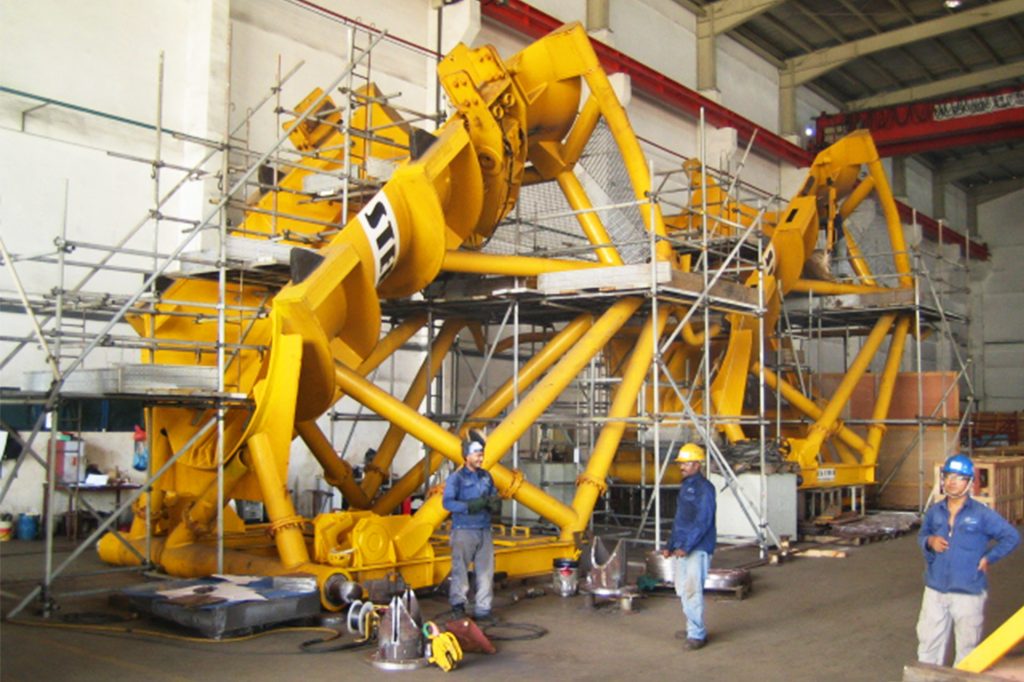
Salary, benefits, supplies & materials, services, equipment, maintenance, and travel transforms into one or more bespoke capital equipment items.
Equipment Fabrication Process
- Designing – A designer, often in concert with a project engineer, produces a 3D or 2D model of the required equiment. Designers must ensure compliance to specification and feasibility of construction.
- Cutting -Precision cuts for all types of metal can achieve via laser cutting, mechanical shearing, or water jet cutting.
- Forming – To obtain the desired shape, this phase may entail one or more of the following: folding, bending, stamping, punching holes, machining, and more.
- Assembling – After the metal parts have shaped into the correct shape, the finished product must assemble into the proper arrangement.
- Finishing – For the final step, applying protective coatings such as rust-resistant paint, color, or glazes , either through painting or powder coating.
- Installing – Large or sensitive fabrications often require the skill, equipment, and expertise of trained engineers, welders, and pipefitters.
- Maintaining – It is essential to keep equipment in top shape to ensure the stability of manufacturing and processing operations.
Manufacturing vs Fabrication – Major Differences
Manufacturing typically produces repeatable goods for customers vs fabrication which typically produces custom-designed parts or assemblies for businesses. While both processes employ similar production means, major differences exist.
- Business to consumer (B to C) products are almost always done via the manufacturing process. Example: a mass produced car.
- Fabricated products service low volume, custom needs. Example: a oil holding tank for a refinery.
- Both processes require strong process optimization for success. However, due to the repeated nature of manufacturing, greater focus is placed on micro process optimization. Example: the time it takes to move a part from final machining to paint would be analyzed in manufacturing vs fabrication operations where it would not be considered.
- Due to the higher processing risk, fabrication typically operates on higher margins vs fabrication. Example: The expected percent margin on a specially designed static mixer would be higher than an off the shelf bracket.
- This assumption of lower margins does not hold true when a company controls the entire supply chain. Example: A company that makes handbags also controls the retailing of the handbags.

